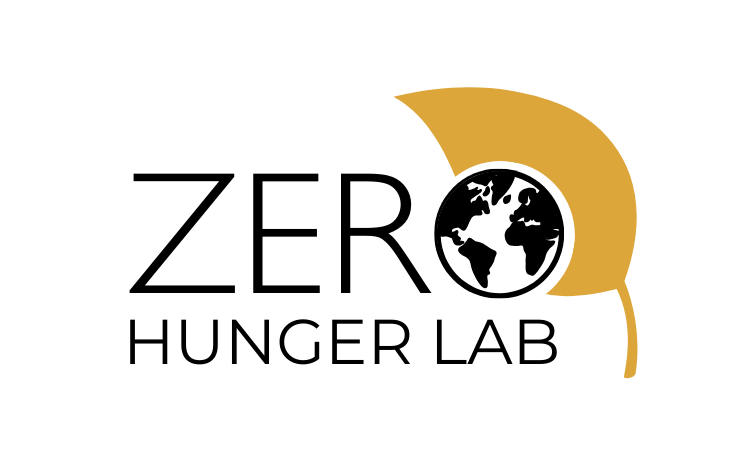1 – Direct and indirect effects of conflict on firms: Evidence from Turkish transaction data
Michele Di Maio
Sapienza University of Rome
Abstract: In this paper, we use firm-to-firm transaction data for Turkey over the period 2006-2021 to estimate the direct and indirect – through firm-to-firm input-output linkages – effects of firms’ exposure to conflicts on their economic outcomes. Firms in conflict-affected areas experience a reduction in sales and number of customers. The contraction in the economic activity of firms exposed to conflict propagates to their customers located in non-conflict areas. Moreover, firms with suppliers located in conflict-affected areas suffer a contraction in sales due to the higher cost of inputs.
2 – Conflicts and intra-household allocation: How are Nigerian children doing?
Teresa Cappelli
University of Florence
Abstract: In contemporary Nigeria, poverty has reached alarming levels, particularly among children. Vulnerabilities emerge from the dynamic interaction of individual and environmental factors over time. Consequently, it is possible to discern how children’s vulnerability and well-being are influenced by both their poverty level and exposure to violence. Nigeria has been drastically affected by conflicts and violent outbursts in the last decade. Between 1997 and 2016, the country experienced 9,998 conflict events (Armed Conflict Location Event Data Project). These realities motivate my investigation into the relation between conflicts and intra-household resource allocation. To do so, I use individual-level expenditure data from the LSMS dataset to implement a Rothbarth model that estimates households’ sharing rules. By leveraging detailed information about conflict agents from the ACLED Project, I identify three main sources of conflict (Boko Haram, pro-women protesters, and pastoralists disputes). I find that being exposed to conflicts is associated with shaping in sharing rules. More intriguingly, I discovered that the general response of households varies according to the type of conflict shock experienced. Finally, this study underscores how standard per adult equivalent child poverty analyses can be misleading when neglecting the possibility of imbalances within households.
3 – Rebounding after Conflict: Patterns of Civilian Victimisation and Trajectories of Development
Laura Saavedra-Lux
UNU-WIDER
Abstract: Armed conflict has devastating effects on development. Extant theories highlight the destruction of infrastructure or human capital as relevant channels, largely disregarding the effect patterns of violence might have. This article studies how and why patterns of civilian victimisation affect local trajectories of socio-economic development, e.g., education levels, access to water, or electrification rates. I emphasise the role of civilian agency and argue that different types of victimisation in-advertently affect the rate of development by weakening or reinforcing the mobilisation capacity of targeted communities. After conflict ends this translates to different success rates in demanding public service provision. I test this argument empirically using the case of Peru. Leveraging subnational data on civilian victimisation and socio-economic development pre-and post-conflict, I show that collectively targeted communities see higher rates of development. To causally identify this effect, I exploit geographic variation in the type of violence civilians were predominantly exposed to using a regression discontinuity design. The results suggest that collectively targeted communities see faster post-conflict development rates than comparable communities as a result of wartime mobilisation that endures post-conflict.
